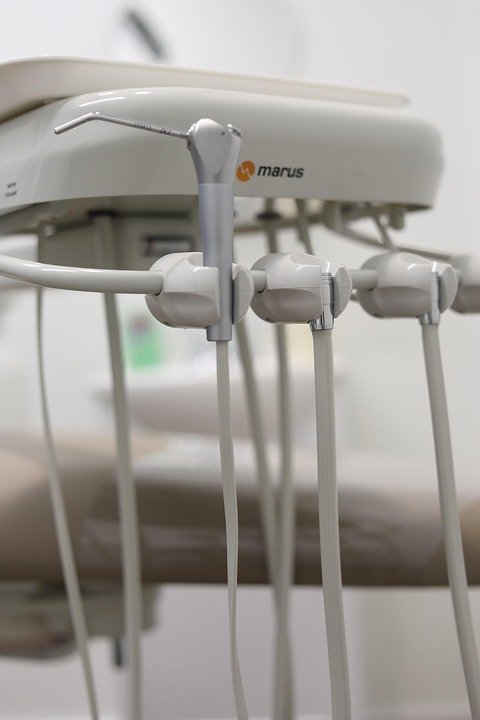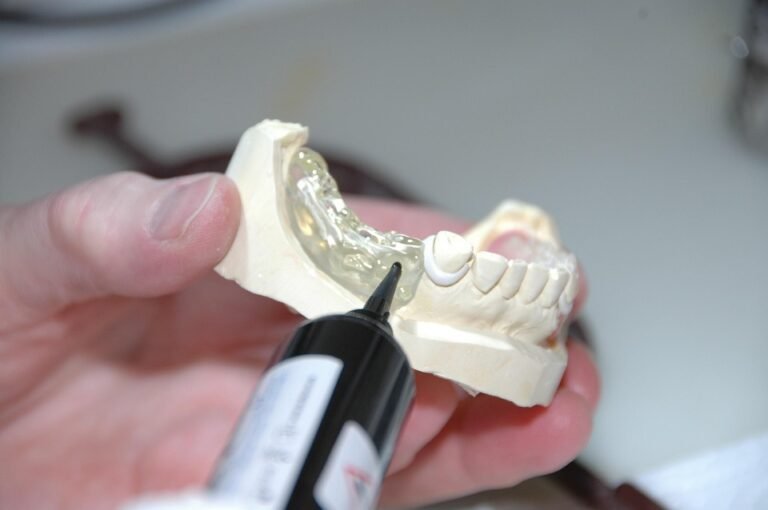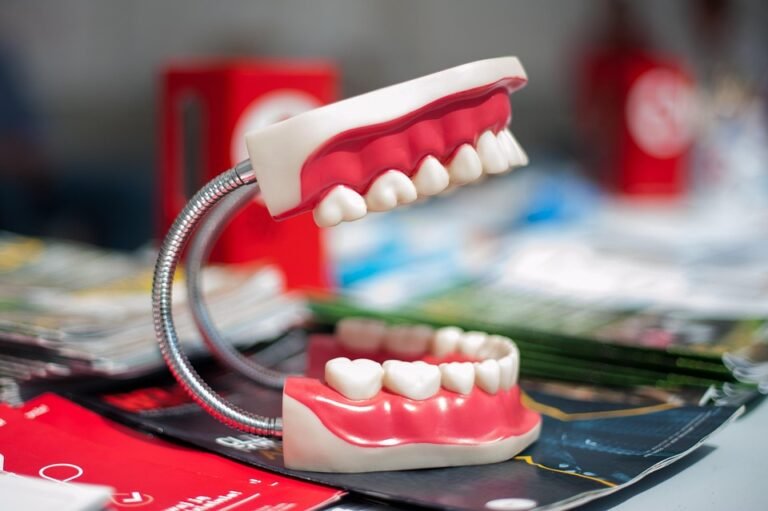What type of equipment is needed for smile analysis photography
Okay, so I’m a dentist, and I’m looking to really improve my patient consultations and treatment planning. I’ve been reading a lot about using photography for smile analysis and documentation, and I’m convinced it will help me communicate treatment options more effectively and track progress over time. But I’m completely lost when it comes to the specific equipment I need.
I want to take high-quality and consistent photos, both extraoral (face and smile) and intraoral (teeth close-ups). What kind of camera is recommended? Do I need a fancy DSLR, or will a good point-and-shoot or even a smartphone with a specific attachment work?
Also, what about lighting? I know consistent lighting is key, but I’m not sure what kind of flashes or diffusers are best. Do I need a ring flash, or is there something else that would be more suitable? I’m concerned about shadows and color accuracy.
Finally, what other accessories are essential? I’m thinking retractors, mirrors, and contrastors. Are there specific brands or types that are better than others? I’m on a budget, but I don’t want to skimp on quality where it really matters.
Basically, I need a comprehensive list of everything I’ll need to get started with reliable and repeatable smile analysis photography in my dental practice. Thanks!
Answer
To perform comprehensive smile analysis photography, the following equipment is essential:
1. Camera:
- DSLR or Mirrorless Camera: A high-quality digital single-lens reflex (DSLR) or mirrorless camera is the cornerstone of smile analysis photography. These cameras offer manual control over settings like aperture, ISO, and shutter speed, allowing for precise adjustments to capture optimal image quality. Look for models with a high megapixel count (20MP or higher) to ensure detailed images that can be enlarged and analyzed effectively.
2. Lens:
- Macro Lens: A macro lens with a focal length of 100mm or 105mm is highly recommended. Macro lenses are designed for close-up photography and allow you to capture fine details of the teeth, gums, and surrounding facial structures. The longer focal length also provides a comfortable working distance, preventing distortion and allowing for proper lighting.
- Standard Zoom Lens: A standard zoom lens with a versatile focal range (e.g., 24-70mm or 24-105mm) is useful for capturing full-face portraits and images from different angles. This allows for a broader assessment of the smile in relation to the overall facial aesthetics.
3. Lighting:
- Ring Flash: A ring flash encircles the lens and provides even, shadowless illumination. This is particularly useful for intraoral photography, where it minimizes reflections and ensures consistent lighting across the entire image.
- Twin Flash: A twin flash system consists of two separate flash heads that can be positioned independently. This allows for greater control over the lighting and the ability to create subtle shadows that enhance the texture and contours of the teeth and gums.
- Studio Strobes: Studio strobes with softboxes or umbrellas provide soft, diffused lighting that is ideal for capturing natural-looking portraits. They offer consistent and powerful illumination, allowing for precise control over exposure and white balance.
- Reflectors: Reflectors can be used to bounce light and fill in shadows, creating a more balanced and flattering image.
- Polarizing Filter: A polarizing filter can be attached to the lens to reduce glare and reflections from the teeth and skin, revealing more natural color and detail.
4. Background:
- Neutral Backdrop: A neutral-colored backdrop (e.g., white, gray, or light blue) provides a clean and uncluttered background that does not distract from the subject’s smile. The backdrop should be seamless and wrinkle-free.
5. Camera Settings and Calibration Tools:
- Gray Card: A gray card is used to set the white balance accurately, ensuring that the colors in the images are true to life.
- Color Checker: A color checker is a reference tool that contains a series of standardized color patches. It can be used to calibrate the camera and monitor and adjust color accuracy during post-processing.
6. Accessories:
- Dental Mirrors: Dental mirrors are used to capture images of the lingual (tongue-side) and occlusal (biting surface) aspects of the teeth.
- Cheek Retractors: Cheek retractors are used to gently pull the cheeks away from the teeth, providing a clear view of the dentition.
- Lip Retractors: Lip retractors gently hold the lips away from the teeth, useful for capturing anterior teeth without lip interference.
- Tripod: A sturdy tripod is essential for maintaining stability and sharpness, especially when using slow shutter speeds or macro lenses.
- Remote Shutter Release: A remote shutter release allows you to trigger the camera without physically touching it, minimizing camera shake.
- Memory Cards: High-capacity, high-speed memory cards are necessary for storing the large image files produced by digital cameras.
- Computer: A computer with image editing software such as Adobe Photoshop or specialized dental imaging software is needed for post-processing and analysis of the images.
7. Software:
- Image Management Software: Programs like Adobe Lightroom or Capture One facilitate the organization, cataloging, and basic editing of large quantities of images.
- Image Editing Software: Software like Adobe Photoshop allows for advanced image editing, including color correction, retouching, and cropping.
- Dental Imaging Software: Specialized dental imaging software offers tools for measuring tooth dimensions, analyzing smile symmetry, and creating virtual smile designs.
8. Environment:
- Controlled Environment: A controlled environment with consistent lighting and temperature is crucial for ensuring repeatable and accurate results.
- Privacy: A private and comfortable setting helps to put the patient at ease, allowing for more natural and relaxed expressions.
The combination of these elements enables the practitioner to consistently capture high-quality, standardized images for comprehensive smile analysis, treatment planning, and documentation.


